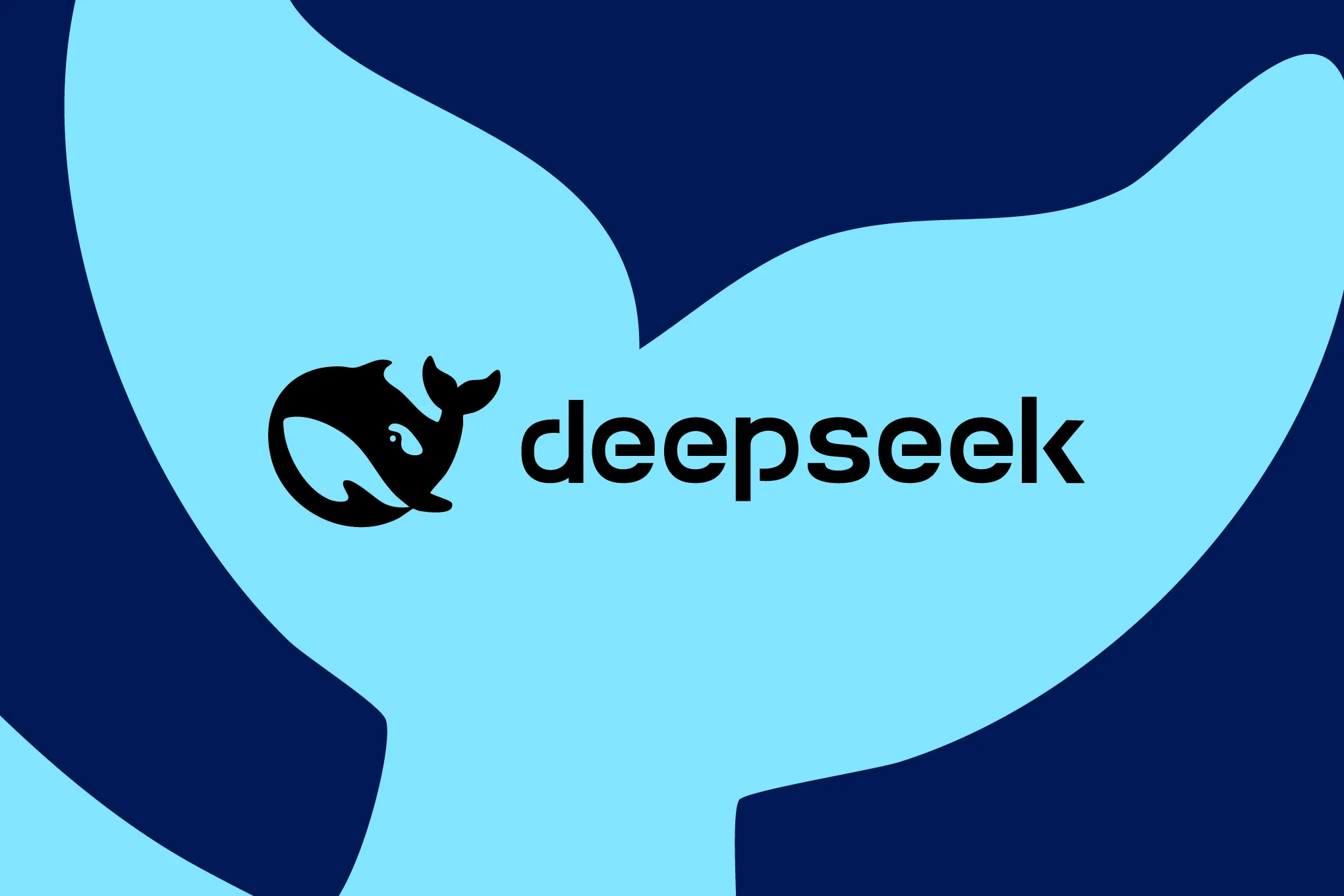
MiniMax M2: The Open-Source Coding Agent That's Actually Affordable
MiniMax's 229B-parameter MoE model delivers Claude-level coding performance at 8% the price, challenging the economics of agentic development.
The economics of high-performance AI coding assistants just got turned upside down. For developers building agentic systems, AI that can plan, write code, execute commands, and debug autonomously, the cost equation has been brutal. Until now.
MiniMax has open-sourced their M2 model, a 229B-parameter Mixture-of-Experts (MoE) architecture that activates just 10B parameters per token. The numbers speak for themselves: performance rivaling Claude Sonnet 4.5 ↗ at 8% of the cost and nearly double the speed.
This isn’t just another open-source model release. It’s a direct challenge to the assumption that top-tier agentic performance requires proprietary, expensive models.
Breaking the Impossible Triangle
For years, AI developers have faced what MiniMax calls the “impossible triangle”, the tradeoff between performance, speed, and cost. You could have two, but never all three.
The M2 architecture explicitly targets this challenge through its MoE design. With 229B total parameters but only 10B active per token, the model achieves computational efficiency without sacrificing capability. Compare this to DeepSeek’s 37B active parameters per token, and you begin to understand why MiniMax claims such dramatic cost savings.
According to independent benchmarks from Artificial Analysis Intelligence Index v3.0 ↗, M2 scored 61 overall, outperforming Claude Opus 4.1 (59) and placing among the top open-source performers. But the real story emerges when you look at coding-specific benchmarks.
Agentic Coding Benchmarks That Matter
Where M2 truly shines is in the metrics that matter for actual development workflows:
Terminal-Bench Performance: 46.3
This puts it ahead of Claude Sonnet 4.5 (36.4) and Gemini 2.5 Pro (25.3), demonstrating superior command-line interaction capabilities.
BrowseComp Score: 44
M2 dramatically outperforms Claude Sonnet 4.5’s 19.6 here, showing significantly better web navigation and browsing abilities for research and documentation lookup.
SWE-bench Verified: 69.4
While slightly behind Claude Sonnet 4.5’s 77.2, it beats GLM-4.6 (68) and establishes solid real-world coding problem-solving capabilities.
What makes these numbers compelling isn’t just the performance, it’s the context. MiniMax claims ↗ this performance comes at approximately $0.30 per million input tokens and $1.20 per million output tokens. For teams running hundreds of agent tasks daily, this changes the calculus entirely.
The Architecture Behind the Efficiency
MoE models aren’t new, but M2’s implementation targets agentic workflows specifically. By keeping activation parameters at 10B, the model maintains low memory footprint and latency during the tight loops typical of agent interactions.
This efficiency becomes critical when agents need to perform multiple tool calls, retrieve context, and execute actions in sequence. Traditional large models bog down under these workloads, while M2’s lean activation pattern keeps things moving.
The model’s design prioritizes the types of tasks agents actually perform: tool calling through frameworks like MCP (Model Context Protocol) ↗, shell command execution, browser automation, and multi-file code editing. It’s not just a coding model, it’s a coding agent model.
Real-World Implications for Development Teams
For engineering teams, the economic impact is dramatic. Consider an agentic workflow that costs $100/day with Claude Sonnet. With M2, that same workload drops to $8/day while running nearly twice as fast. This isn’t marginal improvement, it’s a complete rethinking of what’s economically feasible.
The open-source nature under MIT license means teams can fine-tune the model for specific workflows, deploy it on-premises for security-sensitive environments, and build proprietary tooling around it without vendor lock-in.
More importantly, it enables experimentation at scale. Teams that previously couldn’t justify the cost of running sophisticated coding agents can now explore this technology frontier. Startups can build agentic features that were previously only accessible to well-funded enterprises.
The Chinese Open-Source Offensive Accelerates
M2 continues a pattern we’ve seen from Chinese AI labs: releasing aggressively capable open-source models that challenge Western proprietary offerings. DeepSeek kicked this trend into high gear, and now MiniMax is pushing it further with better performance and more permissive licensing.
This isn’t just technical competition, it’s strategic positioning in the global AI landscape. By open-sourcing high-performance models, Chinese companies build community, drive adoption, and create ecosystems around their technology stack.
The commercial implications are clear: developers worldwide now have access ↗ to agentic coding capabilities that rival the best proprietary offerings. The weights are available for download, the API is competitively priced, and the performance benchmarks speak for themselves.
Getting Started with M2
For developers ready to experiment, the path is straightforward:
Or jump straight into their Agent platform ↗ for immediate testing. The barrier to entry has dropped significantly, making this one of the most accessible high-performance agent models available.
The New Economics of AI Development
MiniMax M2 represents more than just another model release. It challenges fundamental assumptions about the cost structure of sophisticated AI applications. When performance comparable to premium models becomes available at 8% of the cost, the entire ecosystem shifts.
Teams building agentic coding tools now have a viable open-source alternative that doesn’t require sacrificing performance. Enterprises concerned about vendor lock-in can deploy this locally. Researchers can study and improve upon the architecture.
The “impossible triangle” might not be so impossible after all. With M2, MiniMax has demonstrated that careful architectural choices can deliver elite performance without elite pricing. For developers building the next generation of AI-powered coding tools, the game just changed dramatically.
The weights are available on Hugging Face ↗, the code is on GitHub ↗, and the pricing is disruptive. The only question remaining is who will build the killer applications on top of it.
